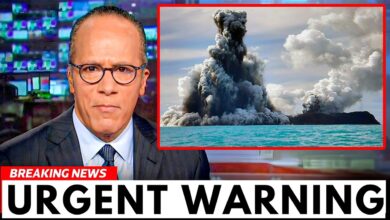The Babylonian Map of the World with Irving Finkel | Curator’s Corner
In the British Museum, we showcase objects of all sizes, from tiny pinheads to massive artifacts, and sometimes even the smallest pieces hold unexpected information. I’m Irving Finkel, a curator in the Middle East Department, and welcome to my corner.
Today, we’re exploring a clay tablet, but not the original—this is a replica since the original is too delicate to handle casually. The ancient Mesopotamians, including Sumerians and Babylonians, commonly used clay tablets for writing. These tablets, while durable, often suffer damage from wars, disasters, and general wear and tear over time.
This particular tablet is significant because it’s considered the oldest map of the world. It features two sides: the front, or ‘obverse,’ depicts a map with a double circle that represents the “Bitter River,” which was believed to encircle the known world. Inside this circle is Ancient Mesopotamia, now modern Iraq. Notable features on the map include the Euphrates River and the city of Babylon, illustrating how the Babylonians viewed their world.
The outer ring of the map contains triangles that likely represent mountains or distant lands, which were thought to be filled with magic and mystery. The map offers a glimpse into how the Babylonians imagined their world beyond their known borders.

A recent discovery has completed the map by finding a missing fragment. This fragment perfectly fits into the map, providing crucial information. The map’s inscriptions describe various mythical and geographical features, including a “Great Wall” and a reference to the Babylonian Ark, which is linked to the biblical story of Noah’s Ark. The connection between Babylonian and biblical traditions adds a fascinating layer to our understanding of ancient narratives.
The map is not just a historical artifact but a window into ancient Mesopotamian cosmology and storytelling. It shows how they envisioned their world and their place in it, highlighting the importance of even small fragments in piecing together historical stories and beliefs.
For those interested in further exploration, we offer a playlist of videos on cuneiform and related topics, including a look at ancient bricks from Girsu, which reveal intriguing details about their history and excavation.









